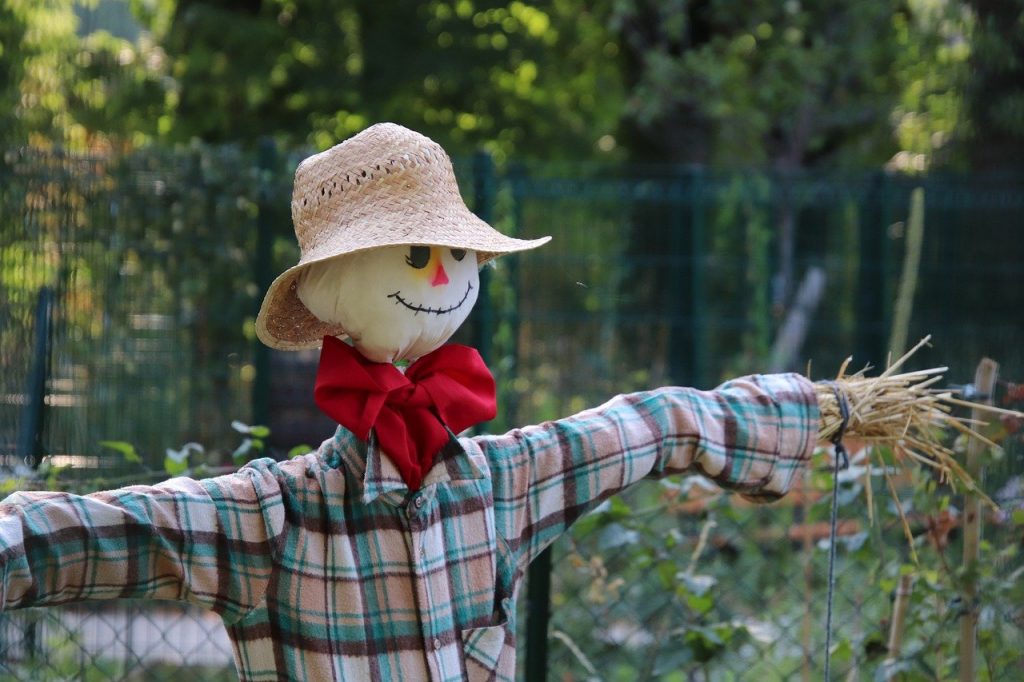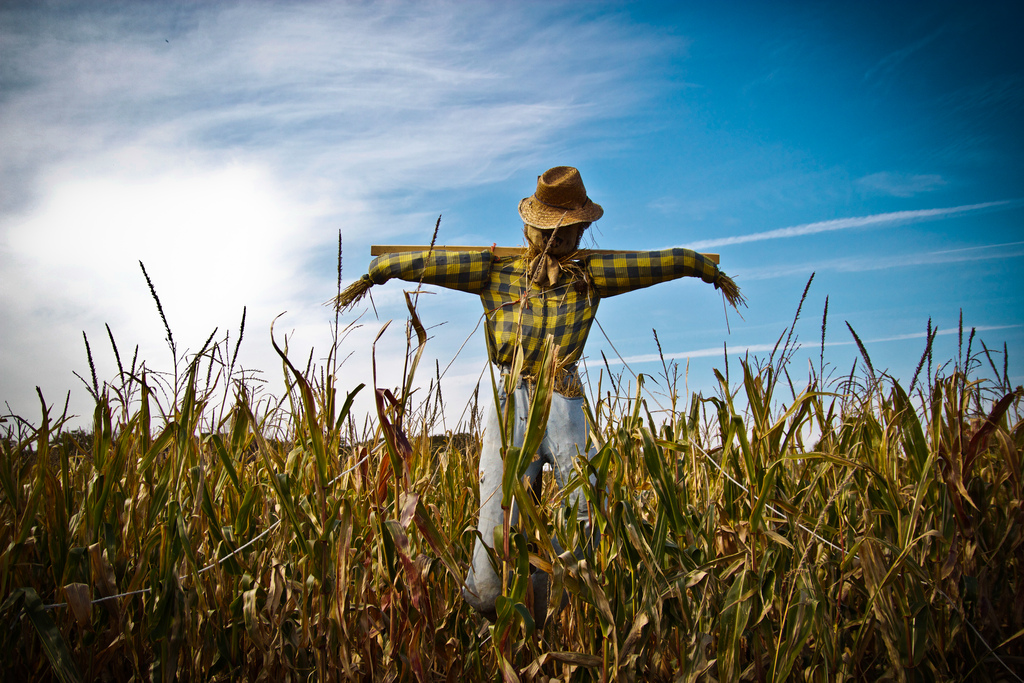Why do farmers use scarecrows
Farmers have been chasing superior and safer methods of crop preservation for many years; and one of the many ways is the use of scarecrows.
What is a scarecrow used for?
Scarecrows are indeed the traditional and time-honoured method used by farmers to reduce pest attacks on their crops. They are typically constructed as human-like figures made from straw, old clothes, and other materials, and are placed strategically on fields to scare away birds and other small animals that may damage or consume crops.
Purpose of a scarecrow
The primary purpose of scarecrows is to create the illusion of a human presence, or some presence strong enough to scare, thus deterring potential pests from approaching the crops.
Are scarecrows effective?
While scarecrows can be effective in some cases, their success largely depends on the specific type of pest and the behaviour of the targeted animals. Some birds and animals may become accustomed to the scarecrow’s presence over time, rendering them less effective. Additionally, scarecrows are generally more useful for deterring birds and smaller animals rather than insects or larger pests. Traditional scarecrow in Nigeria may take various forms, depending on the region and local customs.

Some common scarecrow practices to deter rodents and birds include:
1. Traditional scarecrows: These scarecrows are often made from wooden sticks or poles with old clothes or rags attached to create a human-like figure. They are positioned on fields to give the illusion of a human presence, scaring away rodents and birds. They can be positioned in up to like three to five or more spots on a small farm land or range in scores and hundreds depending on farm size.
2. Noise-making devices: These are acoustic strategies, which farmers use to scare way field rodents. They include use of propane cannons, pyrotechnic “bird banger” pistols, speakers mimicking bird alarm calls and sonic net systems. Small scale farmers may use noise-making devices, such as tin cans or metal sheets, tied to a string. These devices rattle and make noise when the wind blows, effectively frightening away rodents and birds.
Farmers in the olden days, usually go to the farm with old Video Home System (VHS) cassettes, then they remove the tape and tie it around the farm boundaries and also in between the farm. The tape would be tied very tight, such that as wind is blowing it would be generating sound; that would be so high and strange to the rodents and birds. This, consequently makes the rodents feel unsecured as the sound continues and so they run away from the farm.
Another practice is to cut out the sides of a 2-3 litres empty bottle of groundnut oil or a big boom bottle. The cut should be, as a windows, numbering up to like four. Make holes into the cut out pats and tie light weight round metals on rope on eat end. Put on a stick firmly stuck to the ground, then put another stick that has an aluminum plate on it, to the ground towards the level of the metals. As the breeze blows, the bottle would start moving and light weight round metals on rope attached would start to hit the aluminum to make scare sounds.
3. Predator decoys: Some farmers use the presence of predator decoys, such as fake snakes or birds of prey, to create a sense of danger for rodents and birds, leading them to avoid the area. Some of these decoys could be dove or coyote or fox decoys on farms that would be made to look so real that it would fool any human that may not be very conscious of it.
4. Reflective materials: Shiny or reflective materials like aluminum foil or Compact Discs hung around the farm can deter rodents and birds, due to the flashing light and movement caused by the wind. Some farmers have also tried reflective mylar tape and moving lights in some countries. Some of these materials have been improved and modernised as high-tech scarecrows; and examples are – generic bird repeller rotating rod, bird deterrent scare discs, and reflective scare tape among – reflective pinwheels with stakes among others, to create virtual disturbances for animals.
5. Scarecrows with odour: Farmers may attach scented items like garlic or chili peppers to the scarecrows or hang them around the fields. The strong odour can repel some rodents and birds.
6. Natural predators: Farmers may encourage the presence of natural predators like owls, hawks, or cats, which can help control the rodent population by hunting them. In conclusion, no matter how effective a scarecrow is, there is nothing like having your eyes kept on your farm, watching daily and monitoring movements on your farm, so you do not run at a sudden loss due to negligence.



